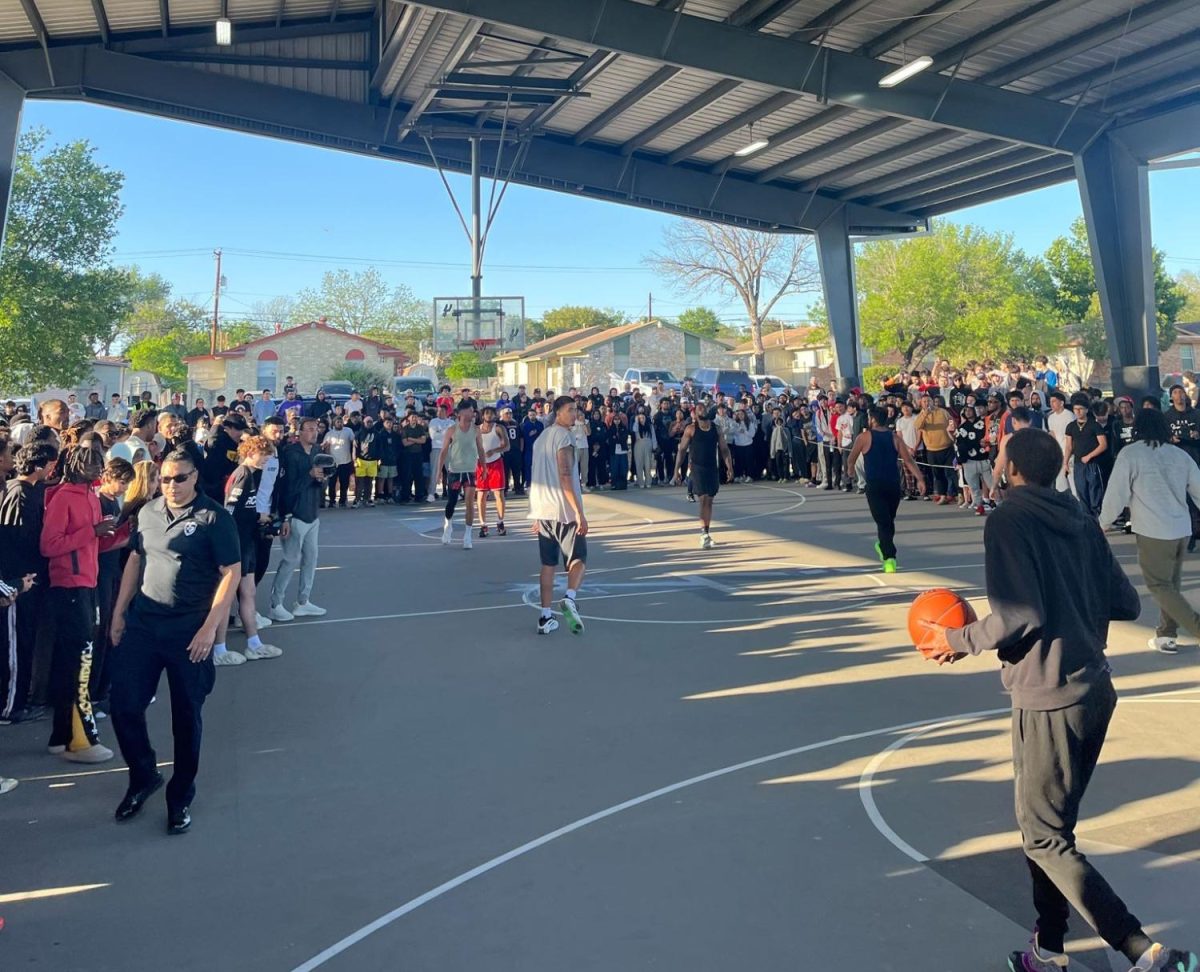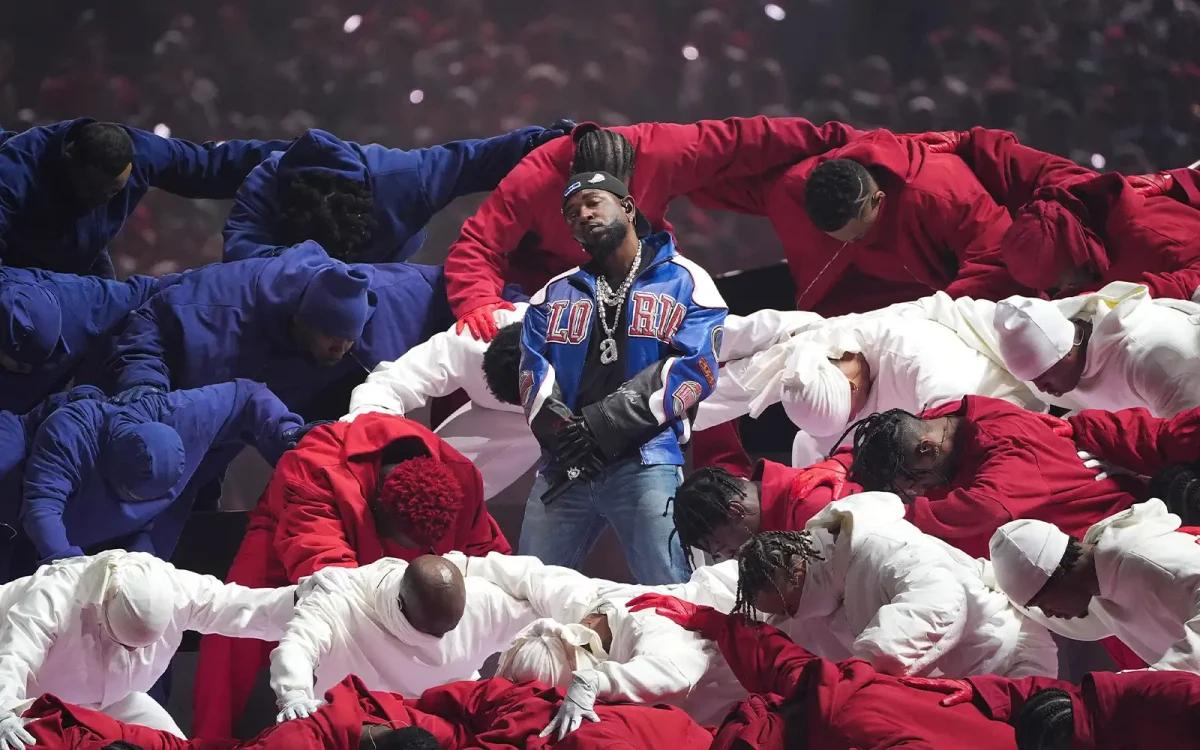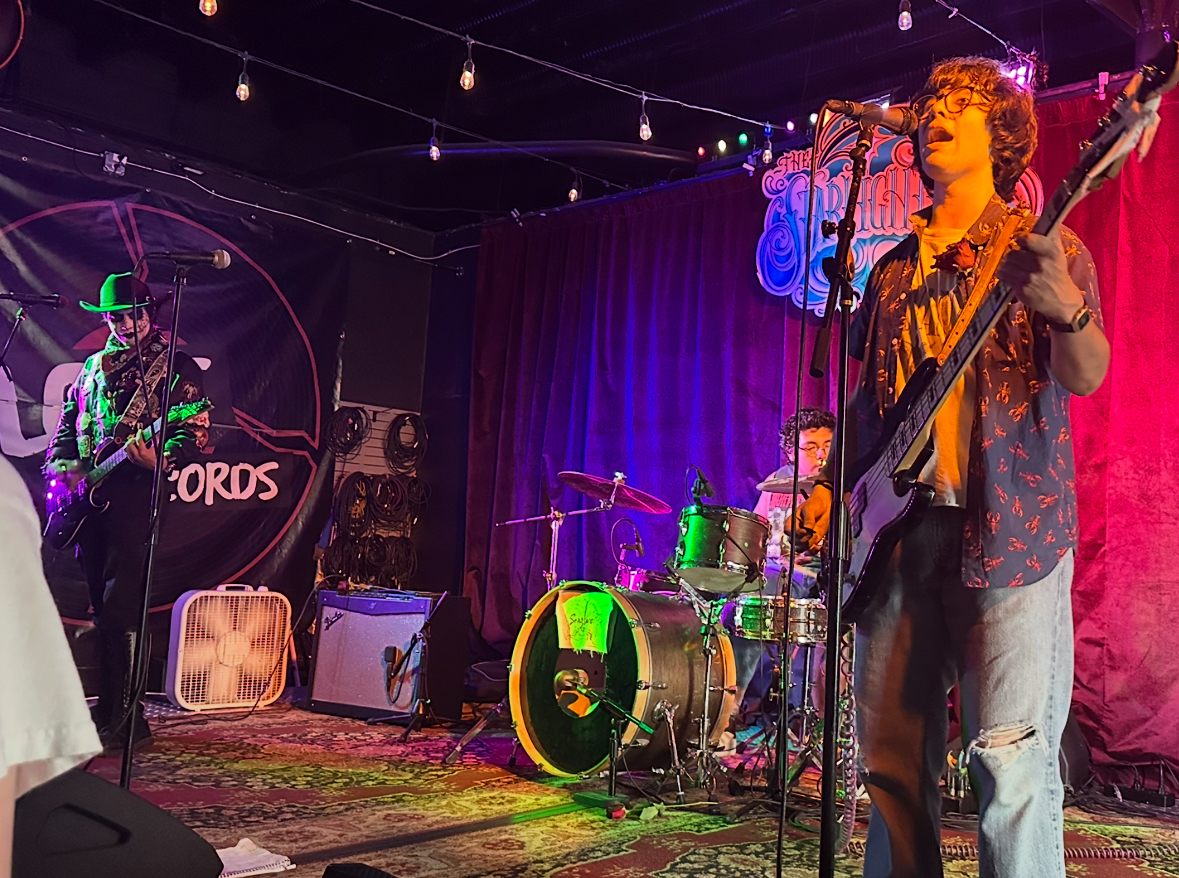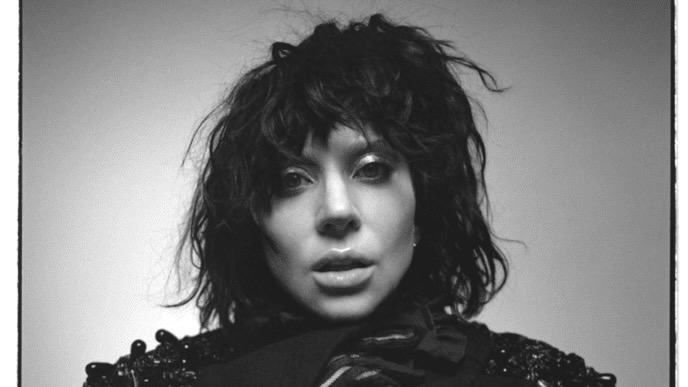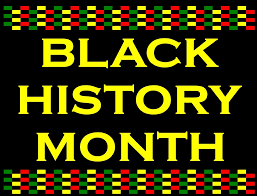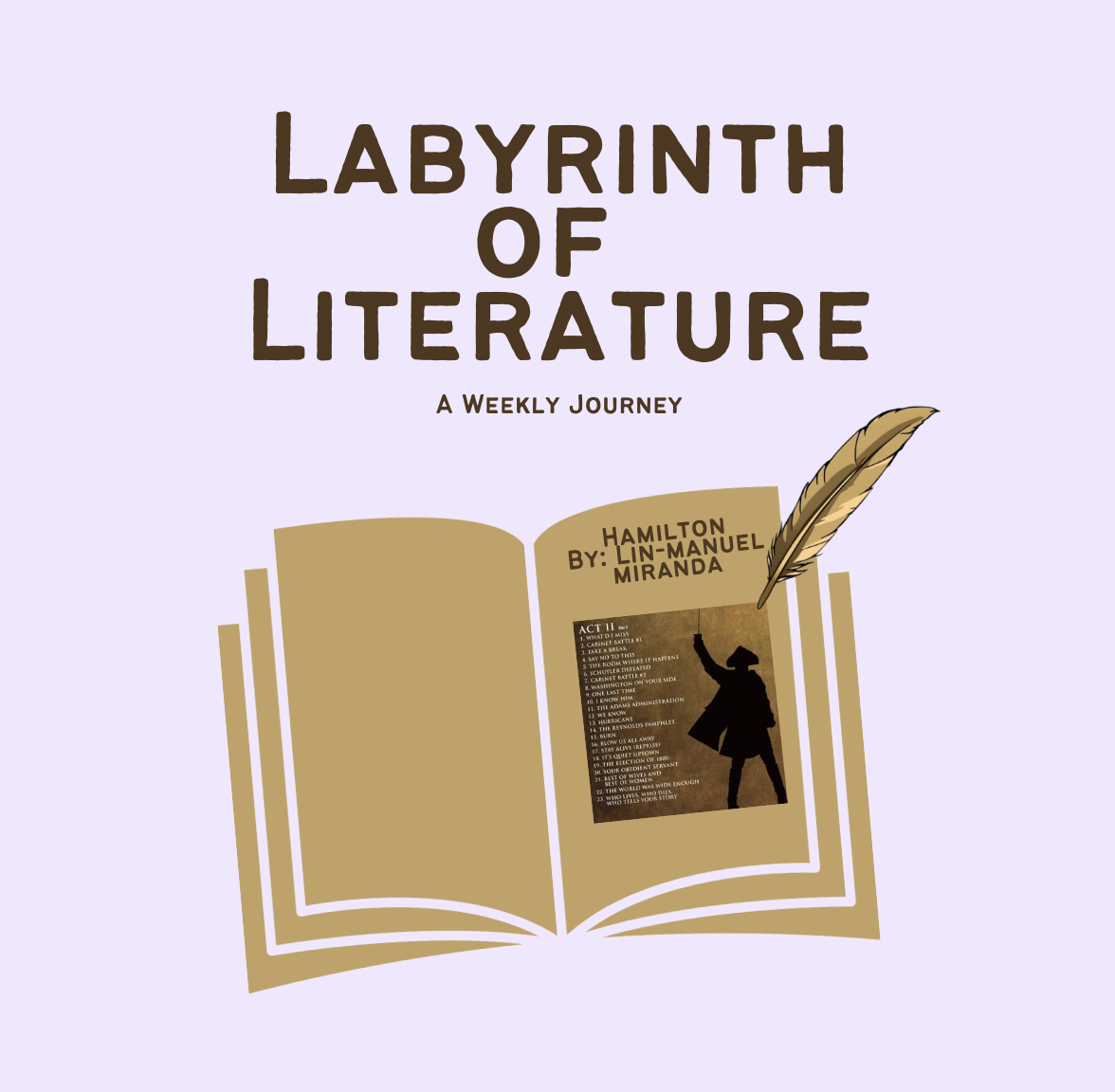September usually brings on the thoughts of pumpkin spice lattes, leaves turning orange, and stores filling their shelves with candy in preparation for Halloween. But not many people would even realize that September is also Hispanic Heritage month.
With Texas bordering and once even being a part of México it’s no surprise that a lot of music we hear on the radio takes inspiration from hispanic music. With this in mind, let’s delve into some of the most common hispanic musical genres and where they originated from.
To kick off our musical journey, let’s start with salsa. Salsa (not the sauce, still spicy though) is one of the most famous types of Hispanic dance music that you’ll definitely hear at any quinceanera or rodeo. Salsa gets its roots from Cuba, specifically the rural east or Cuba. Salsa combined the common Cuban “Son” and Spanish guitar playing to create a highly syncopated rhythm.
Merengue, similar to salsa, also has afro-hispanic roots. Merengue is a combination of two dances, the African and the French Minuet. The African slaves saw the ballroom dances in the Big Houses and when they had their own festivities they started mimicking the “masters’ dances”. Merengue has existed since the establishment of the Dominican Republic, and is even considered the national dance of the Dominican Republic. According to the Encyclopedia Britannica, there are two main stories that talk about the origins of merengue. The first story is about African slaves who had to drag one leg while cutting sugar cane since they were chained up. The second story states that a great hero was wounded in the leg during one of the many revolutions in the Dominican Republic. His people welcomed him home with a victory celebration. Out of sympathy, everyone dancing felt obliged to limp and drag one foot.
Unlike merengue, bachata has a slightly sordid history. Bachata was developed with a heavy guitar emphasis and heartrending love stories as its basis. While both have origins in the Dominican Republic, bachata was born in bars and brothels which led to it being taboo for decades.
Flamenco, unlike our previous three genres, doesn’t have afro-hispanic roots, but instead finds its origins in the travelling Andalusian Roma of southern Spain. Flamenco is often characterized by its instrumental arrangements starring the acoustic guitar.

Back to Cuban music styles, rumba has its origins in African slave communities from the sixteenth century. The dance was said to be representing the male pursuit of a woman and the music played with a staccato beat to keep time with the expressive movements of the dancers. The claves, the marimbola, the maracas and the drums were instruments used to give structure to the movements. It began as a fast and sensual dance with exaggerated hip movements, but after World War II a more refined version of rumba (called danzon) became more popularized among the wealthy class of Cubans.

Speaking of Cuban music, we can’t forget the origins of Cuban music, son. Cuban Son is roughly translated to mean “the cuban sound”. Son Cubano draws its harmony and melody from vocal music and the Spanish guitar. Its famous percussion section features instruments such as bongos, congas, timbales, and claves. The percussion section can trace itself primarily to the Bantu region of central Africa.
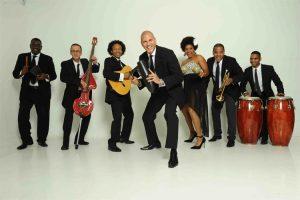
Traveling up to Mexico, the Jalisco region in particular, we find traditional folkloric music. In the 1920s, the Mexican government wanted to unify the nation and began teaching the jarabe tapatio in public schools across the country. Folklorico dancers can be easily recognized by their extravagant dresses which play a big part in their movements.
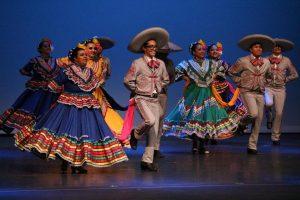
Tango originates from the streets of Buenos Aires, Argentina and MonteVideo, Uruguay as the favorite dance of the European immigrants, former slaves, working and lower classes of people. The development of Tango as we know it today started in the mid-1800s after Argentina underwent a massive immigration. It was a mix of people from Africa, Spain, Italy, England, Poland, Russia. These immigrants added their style native-born Argentinian tango, and created a very potent cultural mix that started forming new traditions, a new way of life, and a new way to dance.
Fastforwarding to the 1970’s and 80s, we find ourselves with two new, untraditional genres stepping into the spotlight, the American tejano, and the Panamanian reggaeton.
Reggaeton blends Jamaican music with hip hop as well as adding Latin American influences such as Bomba and Plena. Reggaeton often features rapping which is usually in Spanish.
Tejano as you can expect is a mix of Mexican, European, and U.S. influences. It’s style first began in northern México (a variation known as norteño) and Texas in the mid-19th century with the introduction of the accordion by German, Polish, and Czech immigrants. Most people know about this type of music due to “the Queen of Tejano music”, Selena Quintanilla, who’s tragic death brought even more interest to tejano music.

As we get closer to October and fall deeper into the orange and black craziness we call Halloween, we mustn’t forget as Texans, the way the hispanic community has influenced our music and culture.






